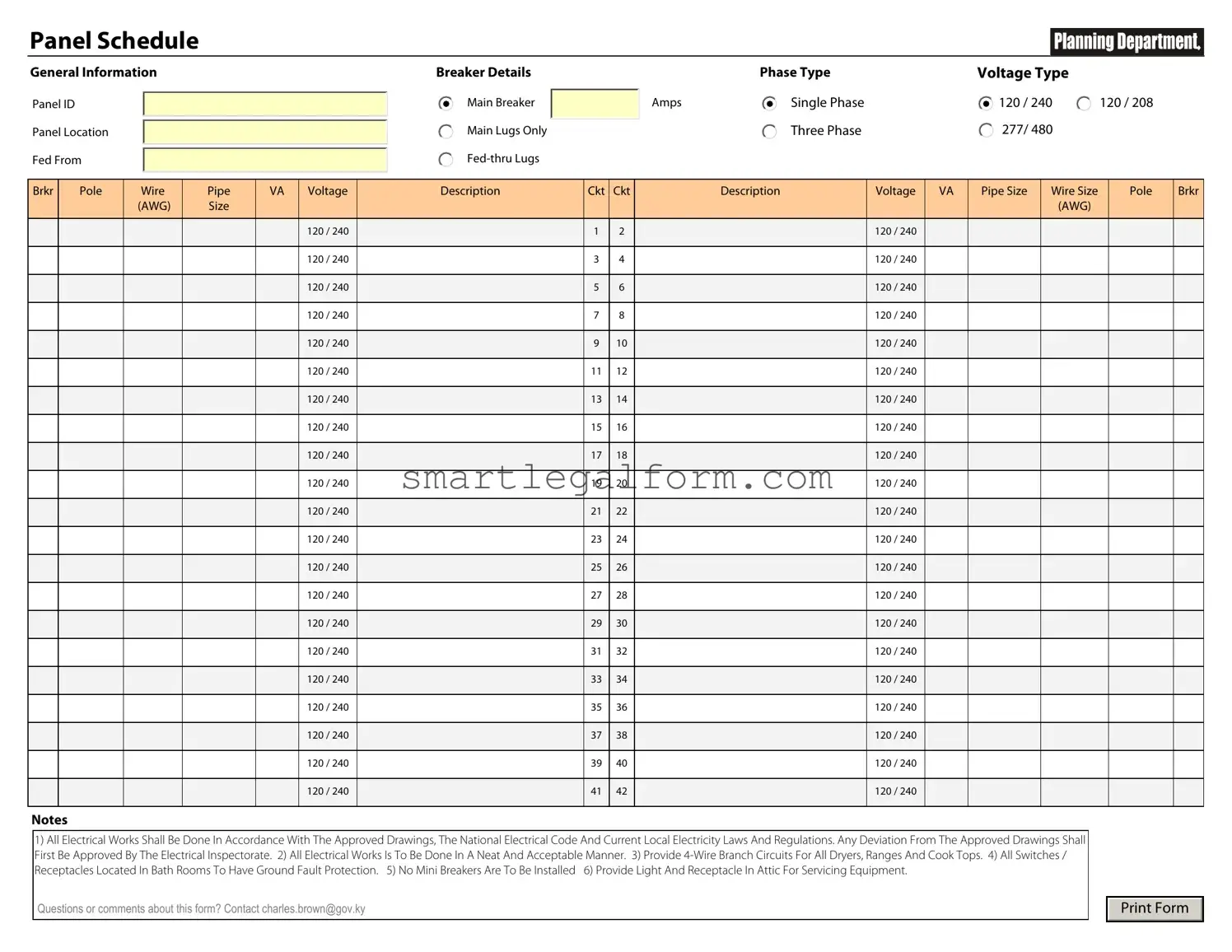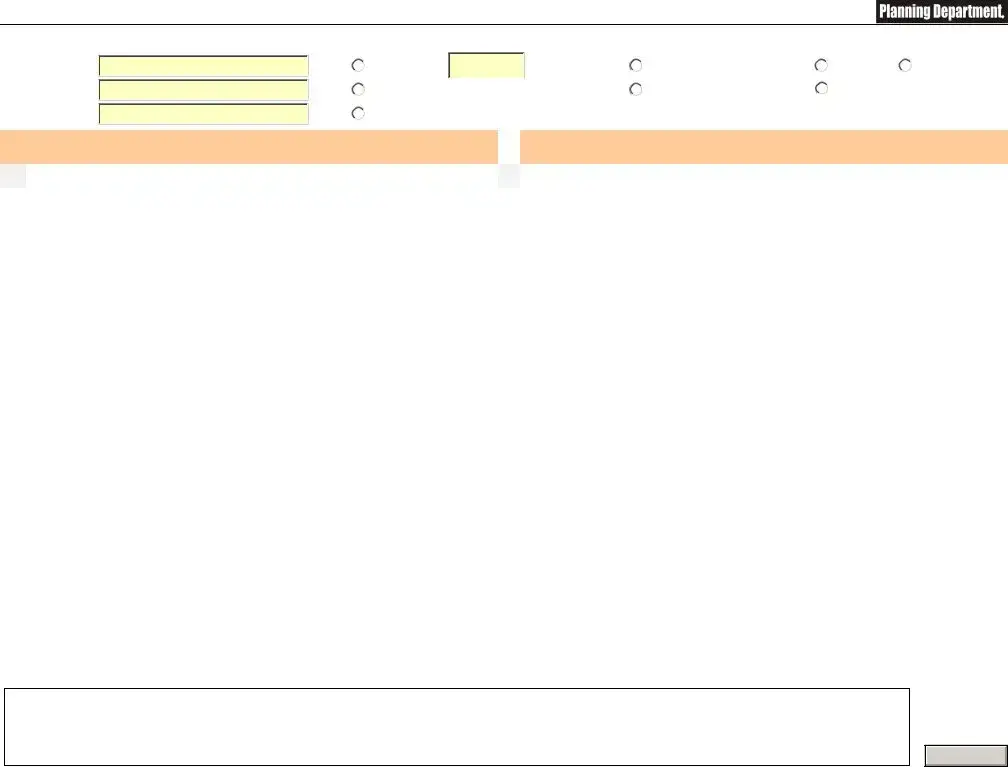Completing the Electrical Panel Schedule form can be a straightforward task, yet many individuals make common mistakes that can lead to confusion or delays. One frequent error is failing to include all necessary circuit information. Each circuit should be clearly labeled with its corresponding load, yet some users overlook this detail, resulting in incomplete documentation.
Another mistake often encountered is neglecting to specify the correct amperage ratings for each circuit. This oversight can create significant issues, especially in ensuring that the electrical system operates safely and efficiently. When amperage ratings are incorrect, it can lead to potential overloads or equipment failures.
In addition to circuit information and amperage ratings, people sometimes forget to indicate the intended use of each circuit. This detail is crucial for future reference, as it helps electricians and other professionals understand how the system is designed to function. Without this context, troubleshooting and maintenance can become unnecessarily complicated.
Another common pitfall is the misplacement of circuit numbers. Each circuit should have a unique identifier, but errors can occur when numbers are duplicated or skipped. This can cause confusion during installation or repairs, as technicians may struggle to locate the correct circuit.
Additionally, some individuals fail to update the Electrical Panel Schedule form when modifications are made to the electrical system. Changes, such as adding new circuits or replacing existing ones, should be reflected in the documentation to maintain accuracy. Neglecting to do so can lead to misunderstandings about the system's current configuration.
Lastly, many people do not double-check their entries before submitting the form. Simple typographical errors can lead to significant misunderstandings, so taking a moment to review the information can prevent future complications. Ensuring that all data is accurate and complete is essential for maintaining a safe and effective electrical system.

